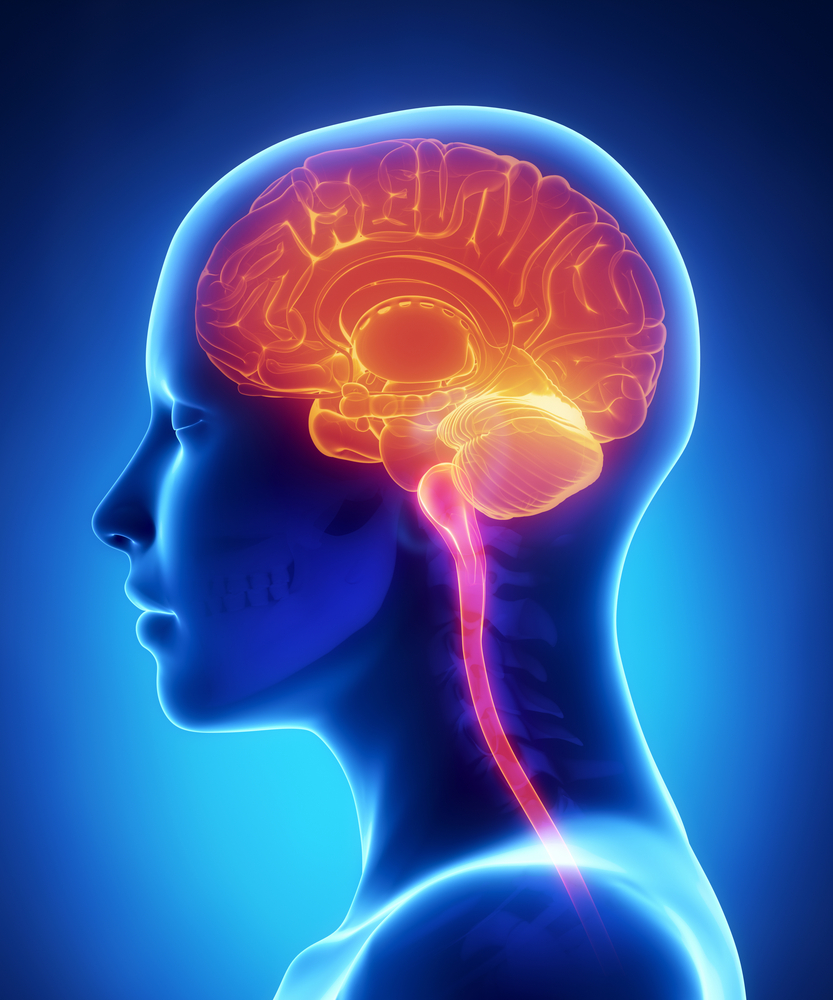Fat Accumulation in Brain May Explain Gaucher’s-Parkinson’s Link, Mouse Study Suggests

The accumulation of fat molecules in the brain, particularly the molecules that accumulate in Gaucher disease patients, seems to fuel the progression of Parkinson’s disease, a new mouse study suggests.
The findings help explain why patients with Gaucher’s have an increased risk for Parkinson’s disease and suggest that targeting fat accumulation may slow down Parkinson’s progression.
The study, “Glycosphingolipid levels and glucocerebrosidase activity are altered in normal aging of the mouse brain,” was published in the journal Neurobiology of Aging.
Mutations in the GBA gene that result in the loss of function of an enzyme called glucocerebrosidase are the cause of Gaucher disease. This enzyme metabolizes fat molecules, and in its absence, these molecules accumulate in certain cells in the liver, spleen, and bone marrow, affecting the normal functioning of these organs.
While patients with type 1 Gaucher disease have normal neuronal function, types 2 and 3 affect the central nervous system, with patients developing neurologic symptoms.
In the past 15 years, researchers have been investigating a link between GBA and Parkinson’s disease, since defects in the GBA gene make individuals seven to 10 times more likely to develop the condition as they age.
“This means that lipid accumulation may also be important in PD [Parkinson’s disease], and scientists at the Neuroregeneration Research Institute at McLean Hospital have previously shown that there is an elevation of a class of lipids, called glycosphingolipids, in the substantia nigra of patients with PD,” Ole Isacson, MD, PhD, professor of Neurology and Neuroscience at Harvard Medical School, co-senior author of the study, said in a press release.
Age is a prominent risk factor for Parkinson’s, which led researchers at McLean Hospital with colleagues at the University of Oxford to study the levels of lipids in the brain of young and old mice — 1.5 and 24 months, respectively. The overall fat content in the brain was measured using a technique called lipidomics.
Similar to what had been seen in sporadic Parkinson’s, certain fat molecules called glycosphingolipids were significantly increased in the brains of aging mice compared to younger ones. These fat molecules are regulated by the GBA enzyme.
These results show that aging induces changes in glycosphingolipids in the brain, which may “precede or may be part of abnormal protein handling and may accelerate PD pathophysiological processes in vulnerable neurons in PD and other age-related neurodegenerative disorders,” researchers wrote.
“These results lead to a new hypothesis that lipid alterations may create a number of problems inside nerve cells in degenerative aging and Parkinson’s disease, and that these changes may precede some of the more obvious hallmarks of Parkinson’s disease, such as protein aggregates,” said Penny Hallett, PhD, study lead author and co-director of McLean’s Neuroregeneration Research Institute.
“This potentially provides an opportunity to treat lipid changes early on in Parkinson’s disease and protect nerve cells from dying, as well as the chance to use the lipid levels as biomarkers for patients at risk,” Hallett added.



